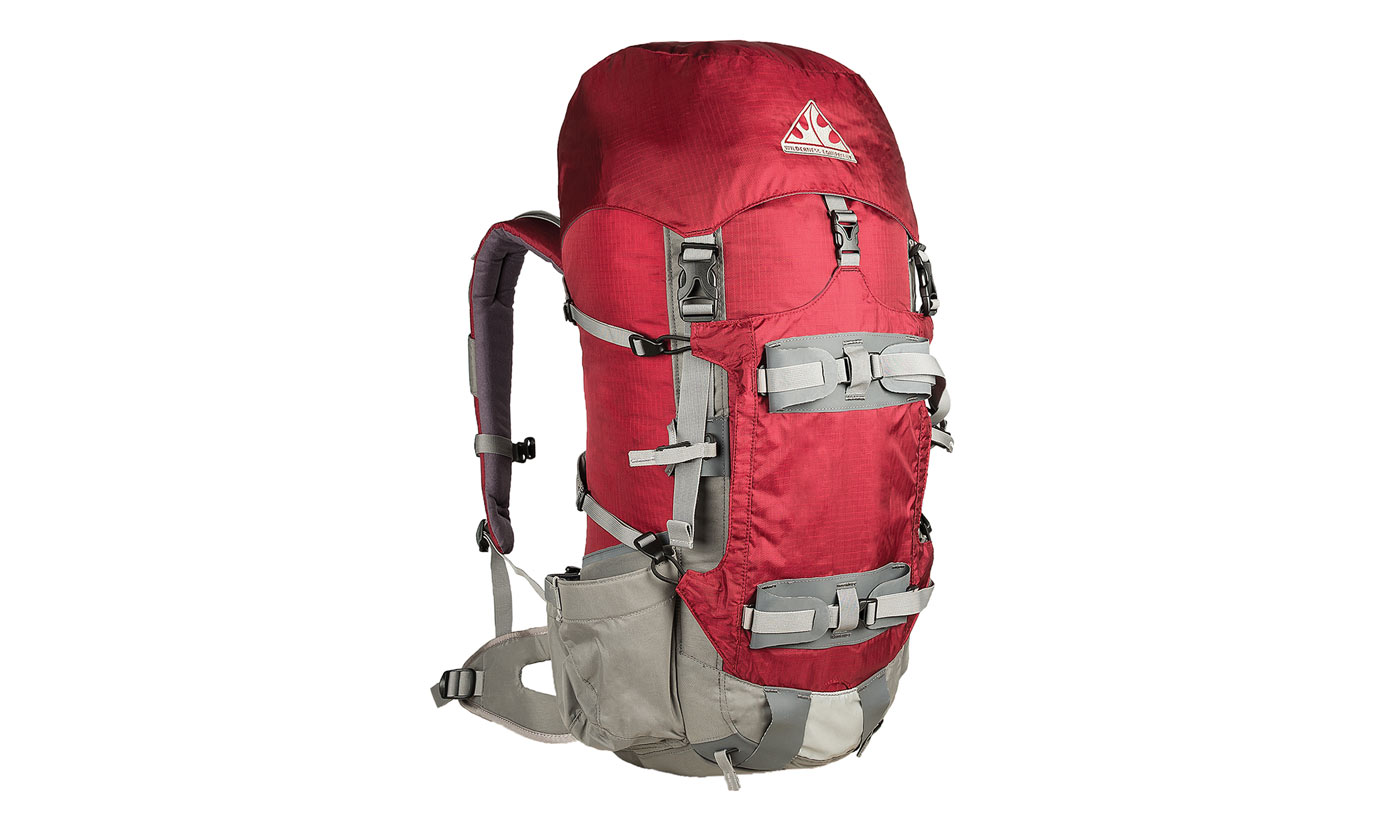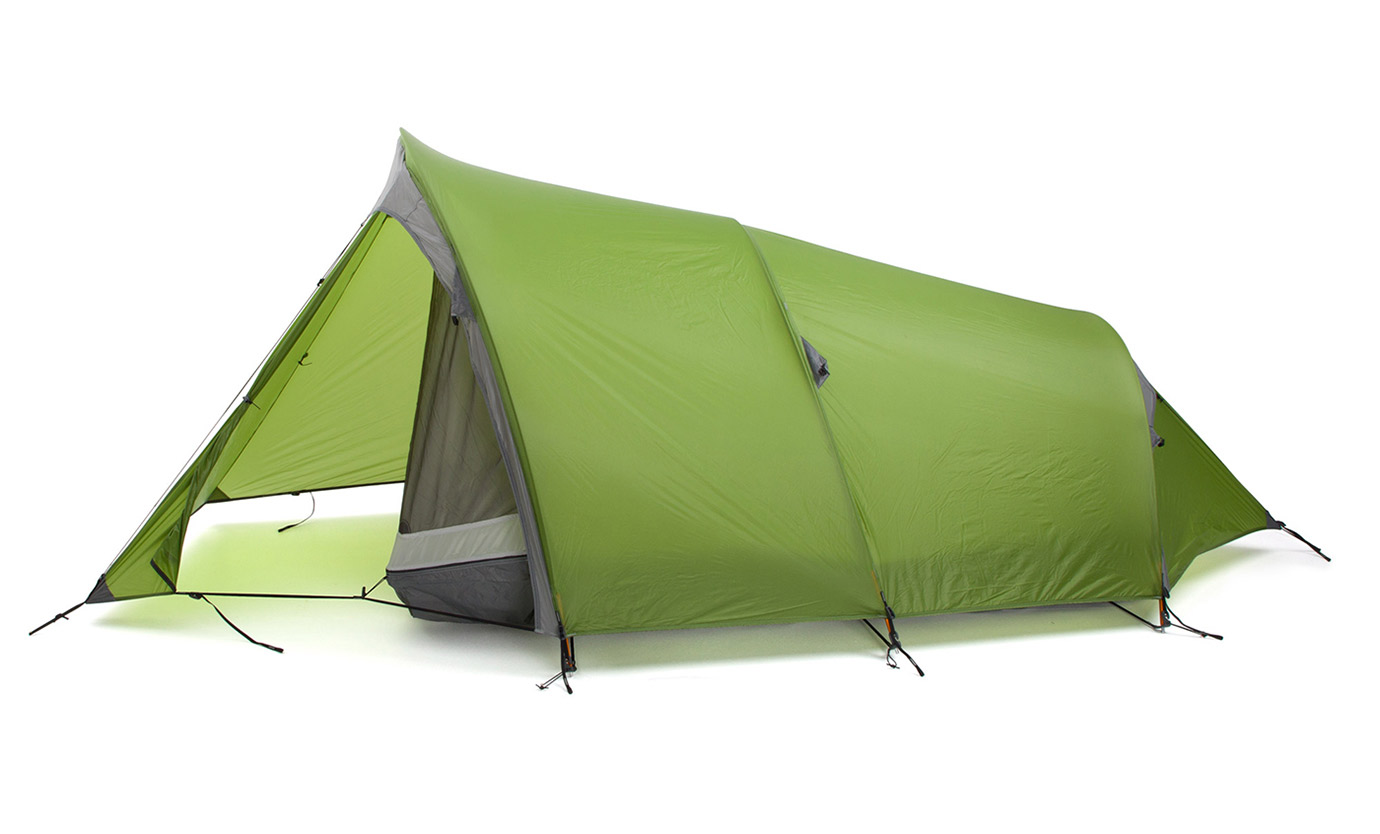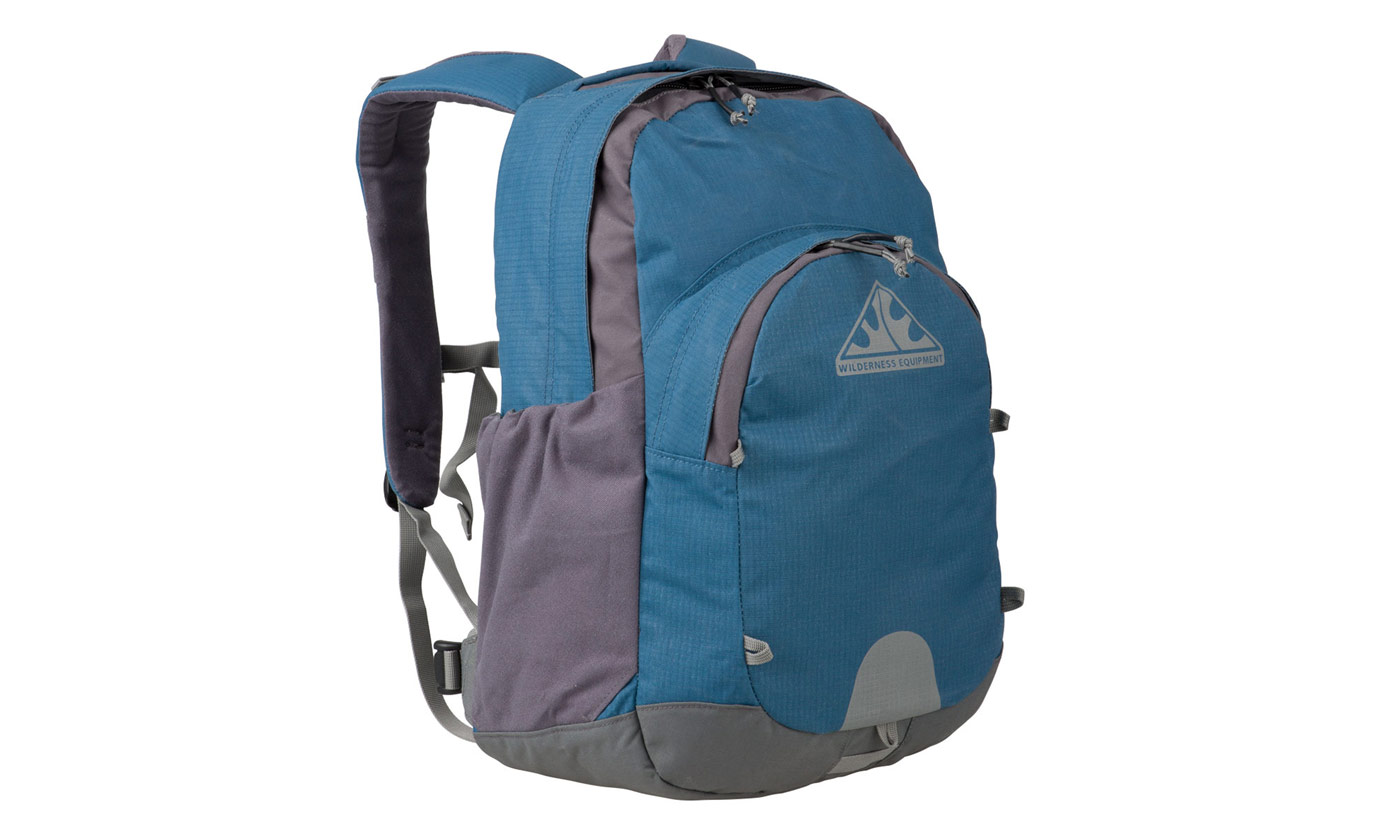- Discover
- Another Walk On The Hornstrandir
Another Walk on the Hornstrandir
-
We slogged alone through snow, weathered gale force winds … it made us fall in love with the place.
At the end of an Iceland cycling trip in 2015, we found ourselves back in Reykjavik with a week remaining. Our hope was to visit the Hornstrandir Nature Reserve, the very far north-west part of Iceland but, typical of our free-wheeling travel style, we had booked nothing. So we were dead lucky to get same-day seats on a local flight from Reykjavik up to Isafjorður but infinitely luckier the next morning to get the two remaining places on Borea Adventure’s boat making its very first trip for the season, out and around the north coast to Hornvik. You see, it can work out!
Those four days, in which we slogged alone through snow, weathered gale force winds and somehow managed to find a way down the full width cornice on Skal, made us fall in love with the place. We were determined to return and explore the whole reserve.
Fast forward to when we found ourselves back in Isafjorður with four friends from Perth, the lightest possible packs, 60 litre plastic barrels loaded with food for two drops and all boat transportation organised with Borea in advance. I had mapped out our route - fourteen days, starting with an anti-clockwise circuit of the Hornstrandir beginning at Hornvik, eventually leaving the reserve for a traverse of the Drangajokull ice cap to the south then running out west along the peninsular leading to Grunnavik and the short boat trip back to Isafjorður. In the course of this circuit we would visit all the Hornstrandir’s fjords. Up here, just a few kilometres south of the arctic circle, but true of everywhere in Iceland, there are no guarantees about the weather, not in any season, not on any day. The three-hour boat trip brought us around to Hornvik quite late in the evening. This journey is well worth the expense. You see the coastline, the towering basalt cliffs, ice-carved gulches, waterfalls and the perched sea birds, all close up. In summer the sun barely goes below the horizon,and then only for a few hours, so leave your headlamp at home as the risk of being overtaken by darkness just doesn’t exist.
Our ten kilometre tour of the Horn, starting with a crossing of the freezing, braided stream draining out over the black sand flats at the back of the fjord (the first of many), then the ascent of Kalfatinder –a pyramid cut almost vertically from its airy, miniscule summit directly to the Greenland Sea 534m below, then following the spectacular, serrated Hornbjarg cliff top, up over Miðfell,and out to the upswept end of the peninsular, the Horn itself. Either side of the entrance to Hornvik (vik is Icelandic for bay) such high cliffs provide the nesting for over six million seabirds in the spring and early summer. Walkers come just for this. Until we crossed the narrow neck where the reserve ends and joins the main landmass of the Westfjords, and where our ascent of the Drangajokull ice cap began, our daily walking routine involved the crossing of the headlands between each successive fjord. The distances we covered on any day weren’t great, maybe 10 to 15 kilometres, and the climbs to the passes typically under 500 metres but constant care was required so reaching the next campsite always came with some relief. The fog bank daily lurking out to sea on the arctic circle couldn’t help but drift ashore by early afternoon on a handful of days. There is some challenge in being caught amongst bluffs on steep, rocky, unfamiliar terrain in 20 metre visibility. In a few places our route went directly up from or down to the shore of a fjord rather than following a winding back valley. For most of the year this place is under snow and for almost all of the trip we were without any footpath. Here that translates to either rock hopping or careful meandering to avoid the most fragile and boggiest of the saturated, mossy alpine vegetation. A patch of beach sand or gravel was a blessed relief. There is almost no need to carry any water. Snowmelt was our constant companion, not just under our feet but in our boots and at times, when crossing creeks and estuaries, well up our thighs. Later, in places like Lonafjordur, we found ourselves almost waist deep in seawater, getting around the base of otherwise impassable cliffs, ones where we had failed to arrive right on low water. Either the ascent to a pass or the descent following usually involved travel on a steep snow patch. These required care to avoid a possibly dangerous slide (and an ability to use a walking pole to self-arrest). Here and there on the gentler elevated ground we made good use of some extensive snowfields, a welcome relief from the endless hectares of jumbled basalt blocks.You should now be thinking that heavier, supportive boots are needed.
What was the weather like? Up here in July, the statistics expect six rain days, a minimum temperature about 5 degrees C and maximum around 12. Ignoring those foggy afternoons, compass in hand, we still had more than the month’s predicted bad weather fall within our two weeks. We were pinned down in Fljotavik, staying two nights. It would have been both pointless and foolish to head out for another high crossing with the wind over forty knots and the cloud almost down to sea level. A good tent is essential (we had brilliant ones!) and so is effective, full-coverage wet weather gear. Emergency shelters exist in the main fjords but they are exactly that. You must go prepared. Once you stop, a down jacket takes care of the sitting around period between making camp and hitting the sac, and it has the added advantage that a lighter sleeping bag can be carried. When the sun is out and the air calm, a single thermal top is all that’s required. Our evening meals were exceptional, the best yet. Peta, my partner in life, spent weeks cooking and dehydrating all our evening meals back at home. 850 grams per meal, six serves. Breakfasts and lunches were purchased in Iceland, all the usual stuff. One advantage of the cool temperatures is that the normally perishable food we had packed into our two food drops (placed for us by boat ready for the end of days six and ten) lasted well. Once or twice it crossed my mind that this was an ambitious trip, particularly as a number of the participants privately know that they could qualify for a senior’s card. Fortunately the advances in modern lightweight equipment and clothing have almost kept pace with our diminishing physical capabilities. The deficit, I like to think, is taken care of by experience and, to borrow from that expression, perhaps also a little cunning. Nevertheless, on every trip I submit to a non-negotiable burden, my full-on digital SLR with its 24-105mm lens (same weight as our Second Arrow tent). For me, the wildlife and everything else about the Hornstrandir justifies this serious commitment to photography. And then, as a bonus, I get the pleasure of really sharing our experiences gear.



